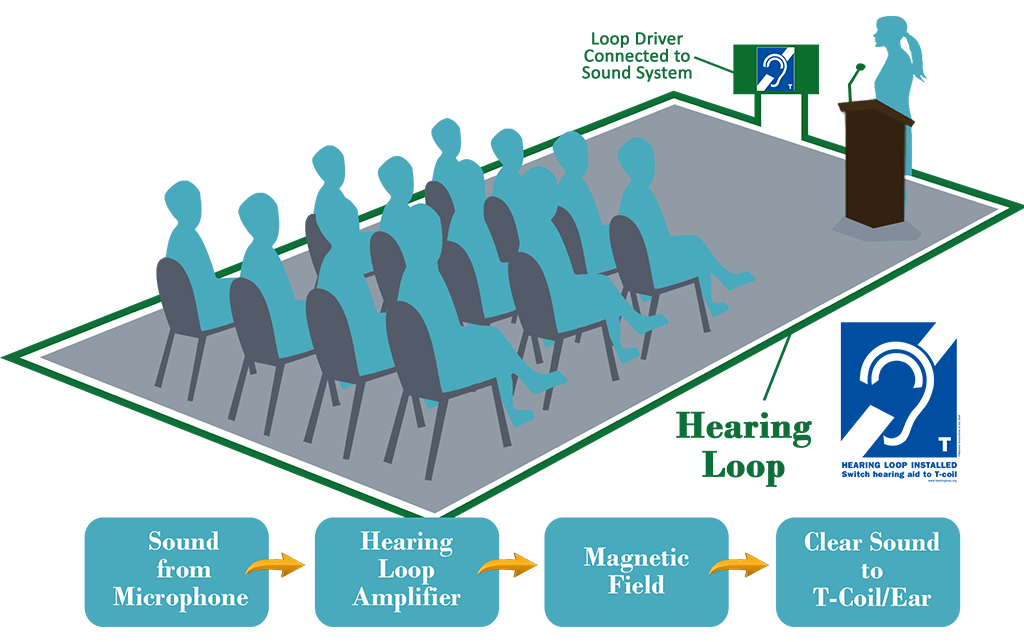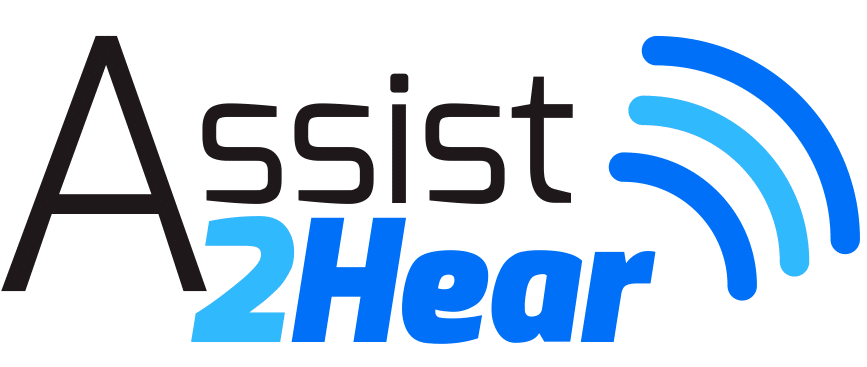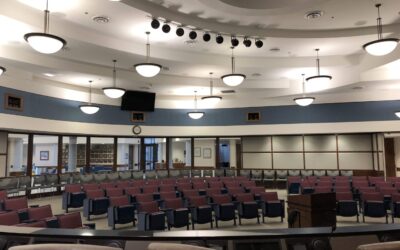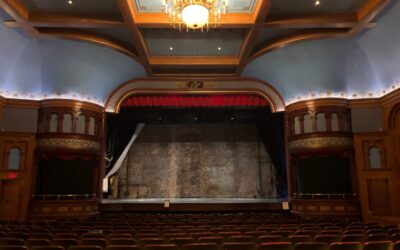Hear Every Word Clearly with a Hearing Loop!
Hearing loops filter out unwanted noise, echo, and reverberation, providing users with crystal-clear, latency-free sound.
Discover why hearing loops are the user-preferred assistive listening system today!
Hearing Loops for Churches
Learn why thousands of churches in the U.S. have choose to bring the Word directly to their congregation member’s ears using hearing loop technology!
Hearing Loops for Senior Living Communities
Hearing loops are fast becoming a requested amenity in senior living communities across the country and serve as a differentiator amongst brands.
Hearing Loops for Theaters
Theaters and performing arts centers that choose hearing loop technology as their assistive listening system receive rave reviews from their patrons!
What is a Hearing Loop?

A hearing loop, also known as an induction loop system, directly transmits an audio signals to hearing devices using the telecoil (or “t-coil) program.
To do so, a sound source, such as a speaker’s voice, is captured using a microphone.
The hearing loop wire is installed within the area where the listening audience is located. The hearing loop wire transmits the sound signal directly to a personal hearing device using magnetic induction.
Hearing loops can be used by anyone, with or without hearing aids. If a user does not have a telecoil-enabled hearing device, a loop receiver can worn to enjoy the system.
Advantage of Hearing Loops
Hearing loops provide significant advantages beyond just helping those with hearing loss. By installing hearing loops, businesses can attract a large demographic of customers who otherwise might not be able to hear and communicate effectively. Pharmacies, banks, theaters, grocery stores, senior centers, dinner theaters, and other businesses can all benefit from hearing loop technology.
Not only do hearing loops improve accessibility for those living with hearing loss, they also provide a better overall experience for all customers. By welcoming and accommodating people with hearing difficulties, businesses can create a more inclusive and welcoming environment that enhances the customer experience.

This video provides a demonstration of the difference that hearing loops make in providing a clearer sound for individuals with hearing loss.
Throughout the video, you will hear examples of how greatly the sound quality improves with the use of a hearing loop. Notice how background noise is significantly reduced, allowing the individual to hear a more focused and clearer sound. You can also see how hearing loops can be customized to meet the specific needs of the listener, such as adjusting the volume and tone.
In this video, we also hear from individuals who have personally benefited from using hearing loops. They will share their experiences of struggling to hear in noisy environments, and how hearing loops have made a significant difference in their ability to understand and participate in conversations.
By the end of the video, you will have a clear understanding of how hearing loops can provide a clearer sound for individuals with hearing loss. You will also see how they improve the listening experience in various settings and help to create a more inclusive and accessible environment for all.
Tell us about your assistive listening needs. We are happy to provide you with a free quote!
WHO WE ARE
Our mission is to serve as an advocate for the hearing loss community through education and professional installation of the highest quality induction hearing loop systems in the U.S.

Assist2Hear, Inc. was created in 2010 when our founder, Laura Hansen, discovered induction hearing loop technology while researching options to help her father hear better at his church. Having formerly been in the senior services industry, Laura truly understood the isolation that often occurs as a result of hearing loss. She sought to find a solution to provide better access to public venues and social situations for those with hearing loss and the concept of Assist2Hear was born! At the time, hearing loop technology was still fairly new in the United States; Laura is now considered to be one of the “pioneers” of the hearing loop community.
Since its inception, Assist2Hear’s mission has been to serve as an advocate for the hearing loss community through education and professional installation of hearing loop systems. To date, we have installed over 100+ systems throughout the Midwest.
VISION
Our vision is that induction hearing loop technology becomes the standard for assistive listening technology in all venues. We envision a day when people who utilize assistive listening will not have to call attention to their hearing loss by wearing additional headsets and accessories – they will be able to discretely change the program on their hearing device and engage in events! We look forward to the day when everyone who purchases a hearing device is educated about the magic of the telecoil prior to purchase and do not miss out on this simple, yet effective technology option!
VALUES
We value our Midwest roots and seek to do business just like we were raised – to be ethical, to perform with excellence, and to always do what we say we are going to do.

Assist2Hear News and Updates
Norman City Council Installs Hearing Loop
Norman residents with hearing loss can now participate with ease in Norman City Council meetings Citizens with hearing loss in the city of Norman, Oklahoma can now hear better in city council meetings thanks to the installation of a hearing loop system! The city...
Johnstown United Methodist Church Installs a Hearing Loop
The Johnstown United Methodist Church installed a new hearing loop system recently. The hearing loop can be found underneath the existing carpet of the sanctuary.
New Colorado Hearing Loop: Wheeler Opera House
Historic Wheeler Opera House in Aspen, Colorado Installs Hearing Loop System Assist2hear is excited to announce the final completion of another new Colorado hearing loop installation at the Wheeler Opera House in Aspen, Colorado. The installation includes...
Hearing Loops in New Oklahoma City Catholic Church
Hearing Loops at New Catholic Shrine Site Oklahoma Catholics with hearing loss will have the best sound in the house when they worship at the Blessed Stanley Rother Shrine next year. The site will house a 2,000 seat Catholic church, the largest in Oklahoma, as well...
Parker Evangelical Presbyterian Church Installs a Hearing Loop
People with hearing loss have the best sound in the house at Parker Presbyterian! Parker Evangelical Presbyterian Church in Parker, Colorado recently installed a hearing loop, making it the most recent church in Colorado to "get in the loop". Congregation members...








